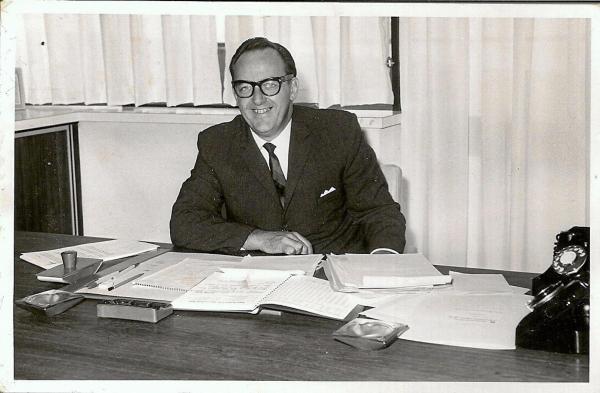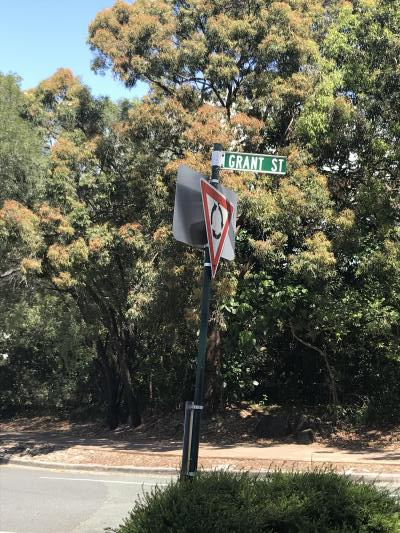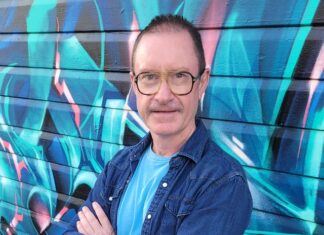Grant Street, Noosa Junction
In an industry known for its loud and colourful characters, Alfred Grant was a notable exception, the quiet achiever of real estate development during its “white shoe” boom years of the 1960s and ‘70s.
Grant is remembered in Noosa through the naming of a street that leads from busy Noosa Junction into a quiet and leafy residential enclave, which is appropriate for the quiet bloke whose development of the Junction as a shopping precinct is one of the lesser known achievements in a remarkable career.
Born to a farming family in the Tweed Valley of NSW in 1917, Alfred Frank Gallard Grant
started dealing in cattle aged 17, and by 21 had 70 dairy cows, leased a property on the Tweed River and hired a manager to run his farming enterprise, using the profits to put himself through an accounting course in Melbourne, where he worked as a clerk in an accounting firm and a stock and station agency before enlisting in the AIF at the outbreak of World War II and serving with distinction in the Middle East and the Pacific.
In 1949 he started selling real estate and was soon appointed by his firm as state manager for Queensland. Grant was quick to pick up on the tempo of the times, and in 1955 he started out on his own to develop coastal properties in Queensland and northern New South Wales. Visits to Florida and Hawaii convinced him that the Gold Coast offered excellent opportunities for canal and country club developments, and he pioneered man-made waterway estates in south-east Queensland.
In 1961 Grant began work on an estate he named Kawana Waters, on low-lying coastal land
between Caloundra and Mooloolaba, but poor drainage and buyer resistance to the flat terrain and inadequate services caused him financial headaches he’d never experienced on the Gold Coast. When he later looked at smaller developments further north at Noosa, he decided to underpin them with a well-planned commercial services centre.
That’s not quite the way older residents might remember the haphazard early days of the Junction, but Grant would be well pleased with its current vision, combining amenity with style.
Having put together a substantial fortune from agricultural businesses and property development, in middle age Grant concentrated on horse-racing and breeding. His horse Intrepid Clipper won the Queensland Derby in 1969, and he later built up Gainsborough Lodge, near Toowoomba, into a major breeding property, which by 1974 was the largest and best-equipped stud in the Southern Hemisphere. A second stud, Wellcamp, followed and Grant was acknowledged as Australia’s leading breeder.
By the 1970s, Alfred Grant Pty Ltd was the biggest family-owned real estate company in Queensland, but Alfred had his eye off the ball and soon got into strife. In 1975 the development rights for the troubled Kawana Waters estate were sold, and in 1977 Grant declared himself bankrupt. The stud was liquidated and a dispersal sale of the thoroughbred stock followed.
Alfred Grant returned to the family farm in the Tweed Valley and died in Brisbane in 1983. By all accounts, Alfred Grant was a doer not a talker, for the most part an astute businessman but also a dreamer, and sometimes the dreams brought him undone.








